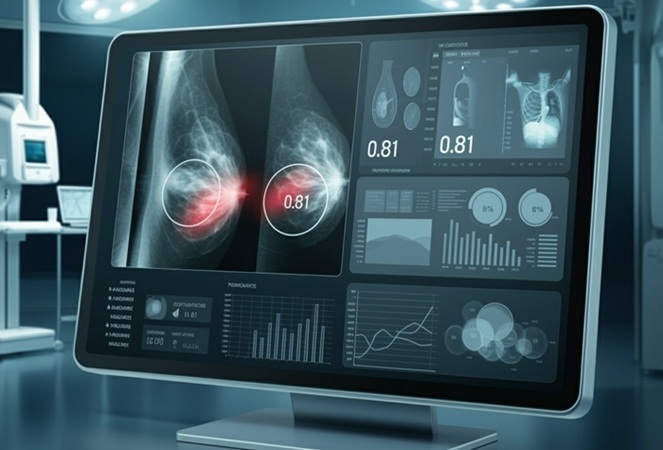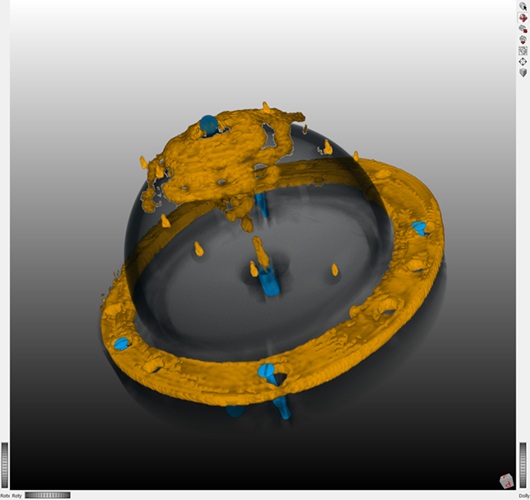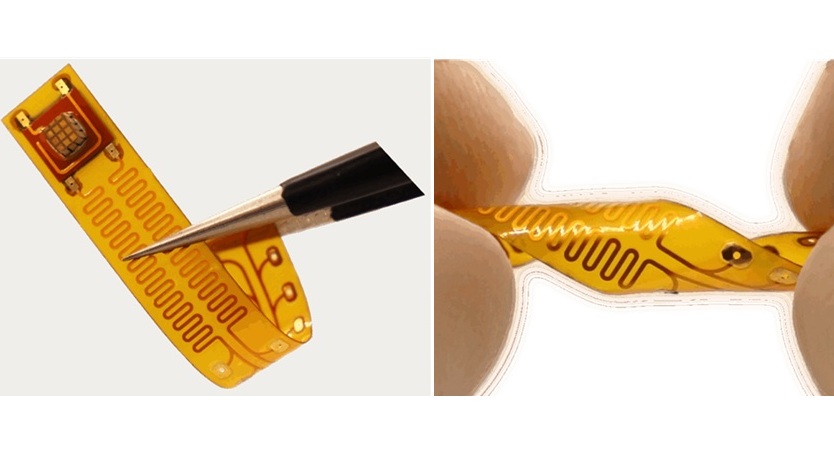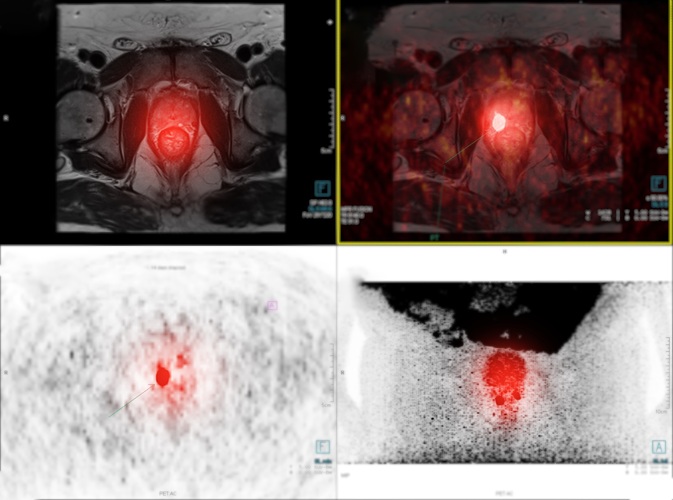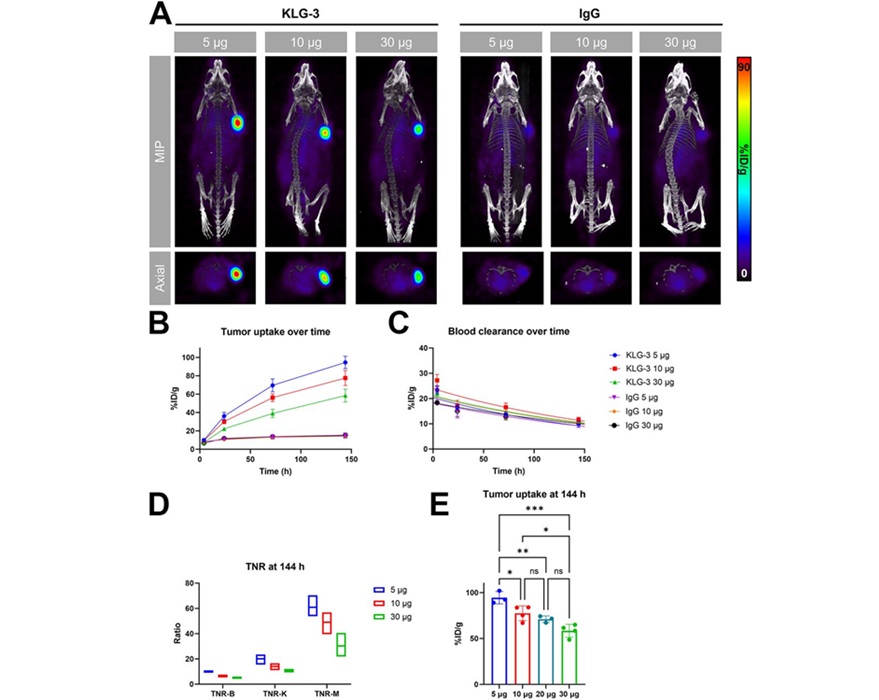Novel Mammogram Measures Could Revolutionize Screening
|
By MedImaging International staff writers Posted on 06 Jan 2021 |
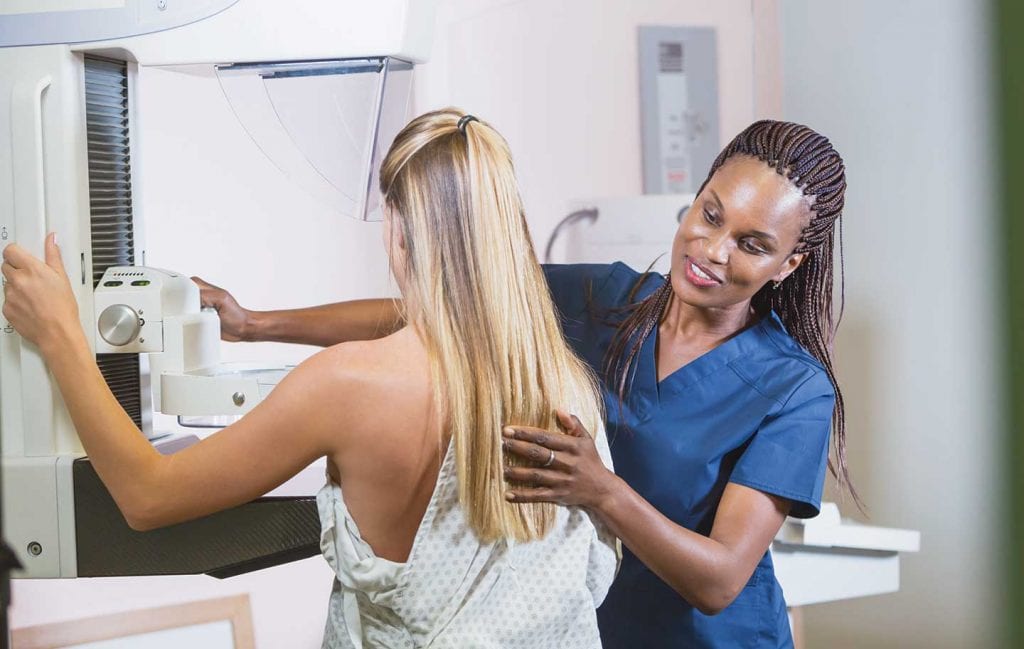
Image: New mammographic measures could help stratify breast cancer risk (Photo courtesy of Getty Images)
Two new mammogram-based measures of breast cancer (BC) risk are more effective in stratifying women than breast density and genetic risk factors, according to a new study.
Developed at the University of Melbourne (UNIMELB; Melbourne, Australia), Cancer Council Victoria (Melbourne, Australia), Monash University (Melbourne, Australia), and other institutions, the new mammogram‐based BC risk measures are based on image brightness (Cirrocumulus) and texture (Cirrus). Semi-automated measures of density are repeated under increasingly higher levels of brightness to create Cirrocumulus; artificial intelligence (AI) and high-speed computing resolve new aspects of the texture of a mammogram to create Cirrus.
When combined, the new measures show twice the risk gradient for the screen‐detected established measure of conventional mammographic density (Cumulus), as well as for younger‐diagnosis BC, and have at least the same discriminatory power as the current polygenic risk score. Cirrocumulus and Cirrus also show improved correlation with causal factors than conventional mammographic density, and could also help address the problem of dense breasts. The study was published on November 16, 2020, in the International Journal of Cancer.
“In terms of understanding how much women differ in their risks of breast cancer, these developments could be the most significant since the breast cancer genes BRCA1 and BRCA2 were discovered 25 years ago,” said senior author Professor John Hopper, MD, of UNIMELB. “As mammography is now digital, and our measures are now computerized, women could be assessed for their risk at the time of screening automatically and given recommendations for their future screening based on their personal risk, not just their age.”
Breast density is a measurement of the amount of fatty tissue versus the amount of fibrous tissue in the breast. Because both cancer and dense tissue appear white on a mammogram, tumors often remain masked, resulting in almost one third of cancerous tumors in dense breasts being masked by the tissue during X-ray mammography. According to a 2014 report published by the Journal of the U.S. National Cancer Institute, an estimated 43.3% of women between the ages of 40 and 74 years old have extremely dense breast tissue.
Related Links:
University of Melbourne
Cancer Council Victoria
Monash University
Developed at the University of Melbourne (UNIMELB; Melbourne, Australia), Cancer Council Victoria (Melbourne, Australia), Monash University (Melbourne, Australia), and other institutions, the new mammogram‐based BC risk measures are based on image brightness (Cirrocumulus) and texture (Cirrus). Semi-automated measures of density are repeated under increasingly higher levels of brightness to create Cirrocumulus; artificial intelligence (AI) and high-speed computing resolve new aspects of the texture of a mammogram to create Cirrus.
When combined, the new measures show twice the risk gradient for the screen‐detected established measure of conventional mammographic density (Cumulus), as well as for younger‐diagnosis BC, and have at least the same discriminatory power as the current polygenic risk score. Cirrocumulus and Cirrus also show improved correlation with causal factors than conventional mammographic density, and could also help address the problem of dense breasts. The study was published on November 16, 2020, in the International Journal of Cancer.
“In terms of understanding how much women differ in their risks of breast cancer, these developments could be the most significant since the breast cancer genes BRCA1 and BRCA2 were discovered 25 years ago,” said senior author Professor John Hopper, MD, of UNIMELB. “As mammography is now digital, and our measures are now computerized, women could be assessed for their risk at the time of screening automatically and given recommendations for their future screening based on their personal risk, not just their age.”
Breast density is a measurement of the amount of fatty tissue versus the amount of fibrous tissue in the breast. Because both cancer and dense tissue appear white on a mammogram, tumors often remain masked, resulting in almost one third of cancerous tumors in dense breasts being masked by the tissue during X-ray mammography. According to a 2014 report published by the Journal of the U.S. National Cancer Institute, an estimated 43.3% of women between the ages of 40 and 74 years old have extremely dense breast tissue.
Related Links:
University of Melbourne
Cancer Council Victoria
Monash University
Latest General/Advanced Imaging News
- Cutting-Edge Angio-CT Solution Offers New Therapeutic Possibilities
- Extending CT Imaging Detects Hidden Blood Clots in Stroke Patients
- Groundbreaking AI Model Accurately Segments Liver Tumors from CT Scans
- New CT-Based Indicator Helps Predict Life-Threatening Postpartum Bleeding Cases
- CT Colonography Beats Stool DNA Testing for Colon Cancer Screening
- First-Of-Its-Kind Wearable Device Offers Revolutionary Alternative to CT Scans
- AI-Based CT Scan Analysis Predicts Early-Stage Kidney Damage Due to Cancer Treatments
- CT-Based Deep Learning-Driven Tool to Enhance Liver Cancer Diagnosis
- AI-Powered Imaging System Improves Lung Cancer Diagnosis
- AI Model Significantly Enhances Low-Dose CT Capabilities
- Ultra-Low Dose CT Aids Pneumonia Diagnosis in Immunocompromised Patients
- AI Reduces CT Lung Cancer Screening Workload by Almost 80%
- Cutting-Edge Technology Combines Light and Sound for Real-Time Stroke Monitoring
- AI System Detects Subtle Changes in Series of Medical Images Over Time
- New CT Scan Technique to Improve Prognosis and Treatments for Head and Neck Cancers
- World’s First Mobile Whole-Body CT Scanner to Provide Diagnostics at POC
Channels
Radiography
view channel
AI Hybrid Strategy Improves Mammogram Interpretation
Breast cancer screening programs rely heavily on radiologists interpreting mammograms, a process that is time-intensive and subject to errors. While artificial intelligence (AI) models have shown strong... Read more
AI Technology Predicts Personalized Five-Year Risk of Developing Breast Cancer
Breast cancer remains one of the most common cancers among women, with about one in eight receiving a diagnosis in their lifetime. Despite widespread use of mammography, about 34% of patients in the U.... Read moreMRI
view channel
AI-Assisted Model Enhances MRI Heart Scans
A cardiac MRI can reveal critical information about the heart’s function and any abnormalities, but traditional scans take 30 to 90 minutes and often suffer from poor image quality due to patient movement.... Read more
AI Model Outperforms Doctors at Identifying Patients Most At-Risk of Cardiac Arrest
Hypertrophic cardiomyopathy is one of the most common inherited heart conditions and a leading cause of sudden cardiac death in young individuals and athletes. While many patients live normal lives, some... Read moreUltrasound
view channel
Non-Invasive Ultrasound-Based Tool Accurately Detects Infant Meningitis
Meningitis, an inflammation of the membranes surrounding the brain and spinal cord, can be fatal in infants if not diagnosed and treated early. Even when treated, it may leave lasting damage, such as cognitive... Read more
Breakthrough Deep Learning Model Enhances Handheld 3D Medical Imaging
Ultrasound imaging is a vital diagnostic technique used to visualize internal organs and tissues in real time and to guide procedures such as biopsies and injections. When paired with photoacoustic imaging... Read moreNuclear Medicine
view channel
New Camera Sees Inside Human Body for Enhanced Scanning and Diagnosis
Nuclear medicine scans like single-photon emission computed tomography (SPECT) allow doctors to observe heart function, track blood flow, and detect hidden diseases. However, current detectors are either... Read more
Novel Bacteria-Specific PET Imaging Approach Detects Hard-To-Diagnose Lung Infections
Mycobacteroides abscessus is a rapidly growing mycobacteria that primarily affects immunocompromised patients and those with underlying lung diseases, such as cystic fibrosis or chronic obstructive pulmonary... Read moreImaging IT
view channel
New Google Cloud Medical Imaging Suite Makes Imaging Healthcare Data More Accessible
Medical imaging is a critical tool used to diagnose patients, and there are billions of medical images scanned globally each year. Imaging data accounts for about 90% of all healthcare data1 and, until... Read more
Global AI in Medical Diagnostics Market to Be Driven by Demand for Image Recognition in Radiology
The global artificial intelligence (AI) in medical diagnostics market is expanding with early disease detection being one of its key applications and image recognition becoming a compelling consumer proposition... Read moreIndustry News
view channel
GE HealthCare and NVIDIA Collaboration to Reimagine Diagnostic Imaging
GE HealthCare (Chicago, IL, USA) has entered into a collaboration with NVIDIA (Santa Clara, CA, USA), expanding the existing relationship between the two companies to focus on pioneering innovation in... Read more
Patient-Specific 3D-Printed Phantoms Transform CT Imaging
New research has highlighted how anatomically precise, patient-specific 3D-printed phantoms are proving to be scalable, cost-effective, and efficient tools in the development of new CT scan algorithms... Read more
Siemens and Sectra Collaborate on Enhancing Radiology Workflows
Siemens Healthineers (Forchheim, Germany) and Sectra (Linköping, Sweden) have entered into a collaboration aimed at enhancing radiologists' diagnostic capabilities and, in turn, improving patient care... Read more












